A Bike Path Runs Through the Portland Art Museum
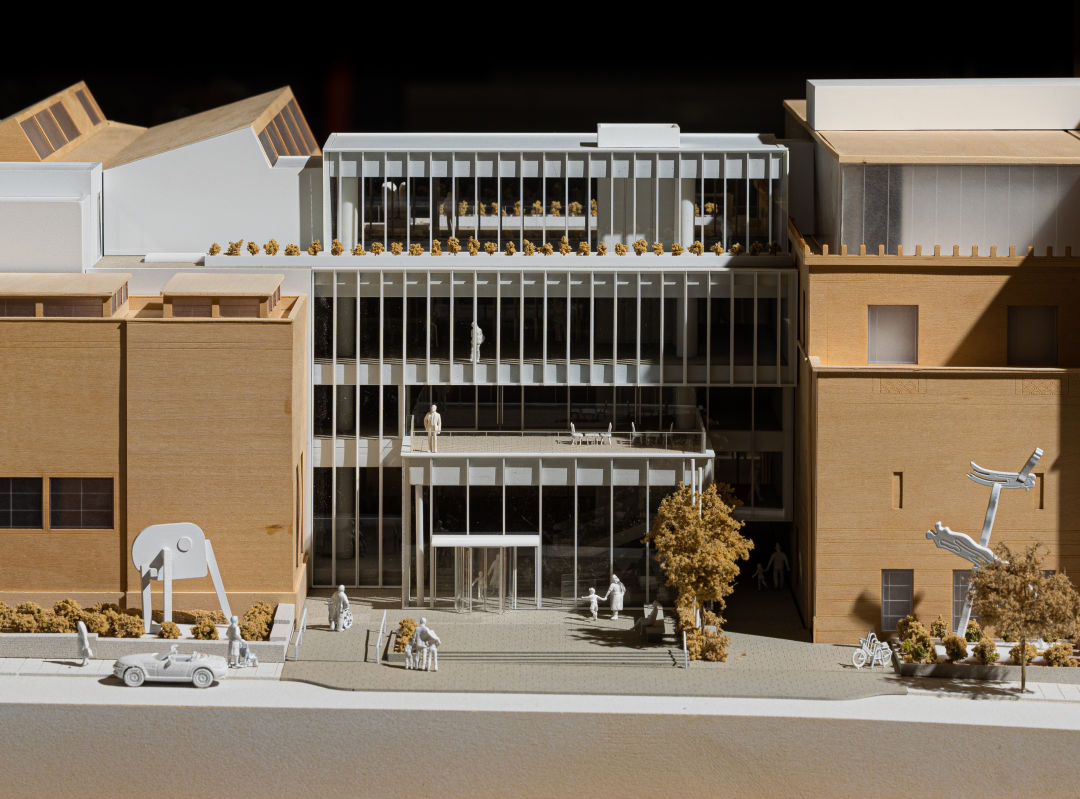
Seen here in an architectural model, the new Rothko Pavilion connects the museum’s existing buildings.
Shortly after opening its present-day campus, in 1932, the Portland Art Museum mounted Drawings and Water Colors by M. Rothkowitz. M. was Marcus, a Latvian Jewish émigré who’d spent his childhood in Portland and returned after a decade in New York for his first-ever museum exhibition. Fearing anti-Semitic persecution, he changed his name to Mark Rothko in 1940, though it was another decade before he—as it were—became art history’s Mark Rothko, painter of monumental color field canvases.
That trivia was about the extent of Rothko’s Portland ties during his lifetime. He lived in New York until his death in 1970. But at the bequest of an anonymous donor, the new 24,000-square-foot glass structure connecting the Portland Art Museum’s existing buildings, which opens November 20, will be named the Mark Rothko Pavilion. The build-out cost $111 million, which came almost entirely from private donations, and which, ironically, is probably not enough to buy a Rothko painting today.
PAM has been the only major art museum between San Francisco and Seattle since its inception in 1892. Adding or updating more than 100,000 square feet of exhibition space, this expansion launches it into a larger class for comparison, joining the top 25 percent of art museums in the country in terms of square footage.
Previously, the museum was essentially two large buildings: the travertine building housing the main entrance, bookshop, and primary gallery spaces, which was originally designed by Pietro Belluschi, and the former Masonic temple a block north, which the museum took over in 1992 and converted primarily into offices and event spaces. A 2005 renovation connected the buildings belowground, though it proved less successful in practice. It was easy to miss the fan favorite Monets and Picassos in the new modern and contemporary galleries across the corridor.
“It was confusing,” says Jordan Schnitzer, the commercial real estate
magnate and arts philanthropist. “Who’s on first?” he cracks. “Where do you go?” Connecting the buildings aboveground, the Rothko Pavilion makes accessing the galleries (and knowing they exist) much easier. Perhaps more important, Schnitzer added, “it creates—visually, programmatically—an entrance.”
Though news of the expansion first broke in 2016, it’s opening at the end of 2025, when every major development project is measured by what it can do to rebuild Portland in the wake of COVID. Art museums have a history of doing such things. A project PAM director Brian Ferriso previously worked on, the Guggenheim Museum in Bilbao, Spain, opened in 1997 amid a wave of escalating violence by the Basque separatist group ETA. Attracting a million visitors to that city annually for decades now, the museum catalyzed the city’s recovery and gave rise to the shorthand “the Bilbao effect.” The formula: Flashy starchitect’s design revitalizes faltering metropolis with tourism bucks. PAM, frankly, is a different animal. The Rothko Pavilion cuts an elegant facade, but it’s not a wondrous postcard of a Frank Gehry building like the Bilbao museum. It’s a purpose-driven design, and a necessary update, not candy for the jet set.
And while private funding might signal that it’s the wealthiest few Portlanders deciding the museum’s fate, more than 850 people made donations ranging from one dollar to $13 million, suggesting buy-in from a broader swath of the city.
The new design comes from Chicago firm Vinci Hamp Architects and Portland’s Hennebery Eddy. Both are exceptionally accomplished, but neither is particularly flashy. Ferriso says the design’s “architectural wonder” is in its ad hoc problem solving (connecting two 100-year-old buildings is an impressive feat, especially with 360-degree glass) and the ways it engages the city’s needs. It’s turning the museum inside out, philosophically, Ferriso says, making it “people-centric.” A thoroughfare cuts through the pavilion and gives cyclists and passersby views of the new Black Art and Experiences gallery, which will open with three exhibitions, including a solo show by Portland artist Lisa Jarrett. The pathway opens onto a new courtyard, with tables for the expanded café and views of lobby and shop—which means you can pop by for a quick visit without paying admission.

A thoroughfare cuts through the pavilion (to the right of the larger trees in this model) and gives cyclists and passersby views of the new Black Art and Experiences gallery.
Rothko’s paintings grew larger as he figured out his signature, abstracted style; the big rectangles of rich color were something to experience rather than merely look at (they don’t make great postcards). Much of modern and then contemporary art followed a similar path, making work intimately related to human scale. Soon, art museums’ compact galleries were ill-fit for the modern era. PAM was no exception. “It was designed for another time and place,” Schnitzer says of the original building. And you can only mend a favorite suit so many times. Contrasting it with the handful of renovations heretofore, Ferriso calls this project an “architectural pivot to the future.”
Remade as a gallery for “new art,” a former library space will host Swiss artist Pipilotti Rist’s multisensory installation 4th Floor to Mildness (2,700 square feet of mattresses and screens on the high ceiling) this fall. In February 2026, Schnitzer is loaning the museum a touring, 170-piece David Hockney show, one of the larger Hockney exhibitions ever in the US.
At least symbolically, naming this new chapter for Rothko—instead of the biggest pocket in the donor pool—echoes the people-first model. “Oh, there are enough names all over the place,” Schnitzer says, noting it’s not another “Hoffman-Myers-Schnitzer-Johnson-Jubitz-whatever.” The naming also has begun a relationship with Rothko’s estate, which will support a Rothko exhibit when the museum reopens and loan PAM at least two paintings at all times for the next 25 years. They won’t hang in his namesake pavilion, however. Too much light exposure with all that glass.
Share this content:


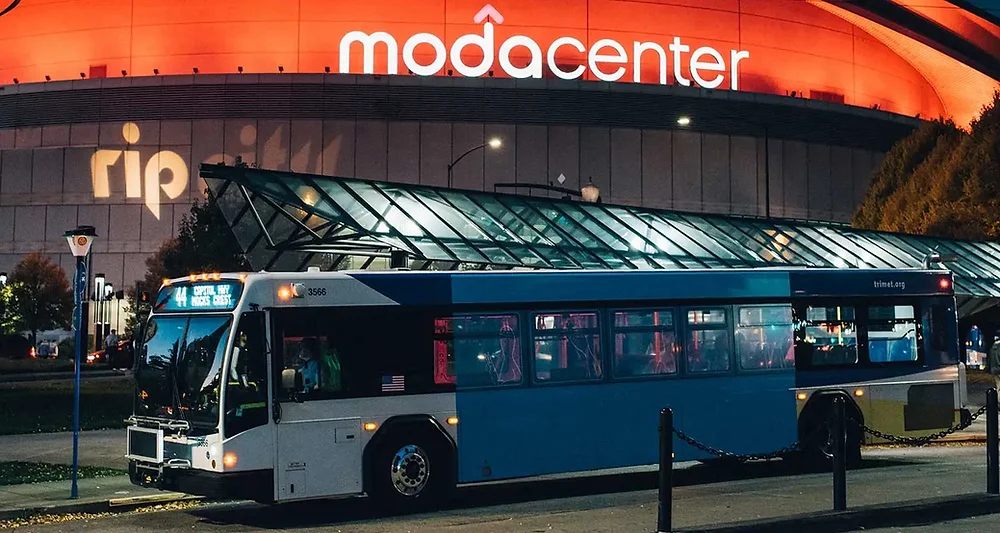


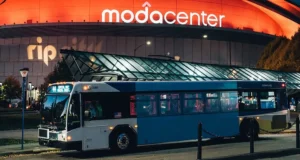



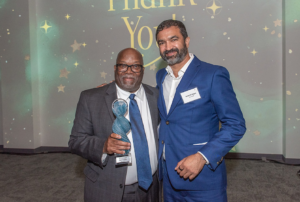

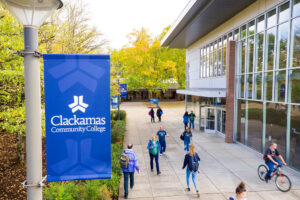
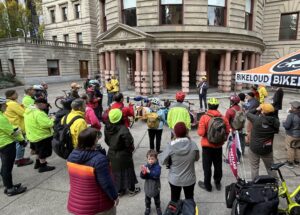
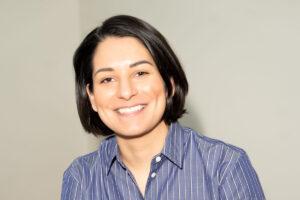
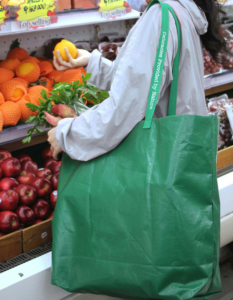
Post Comment